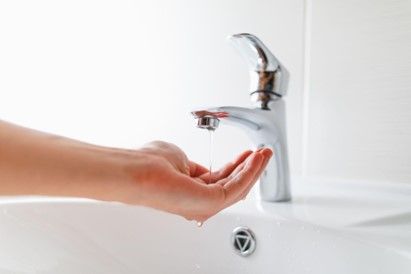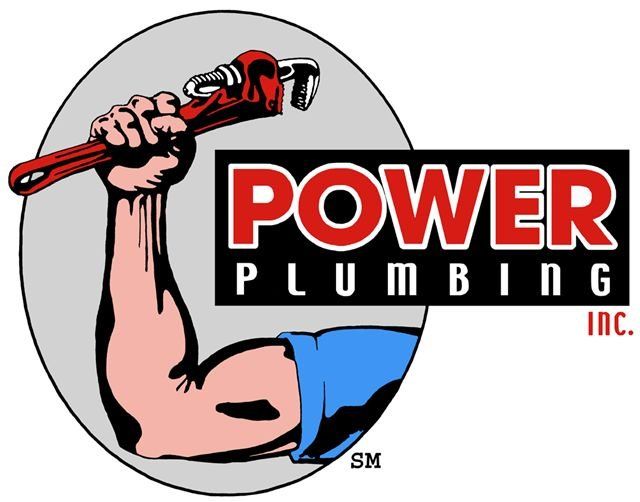Simple Fixes to Restore Water Pressure in Your Home | Power Plumbing Inc
- By Admin
- •
- 12 Mar, 2025
Simple Fixes to Restore Water Pressure in Your Home

Low water pressure can be frustrating, whether you're trying to take a shower, wash dishes, or water your lawn. Fortunately, many common plumbing issues that cause weak water flow can be fixed without major repairs. If you've noticed a sudden drop in pressure, here are some simple fixes to restore the steady, strong water flow you need.
1. Check for Clogged Faucets and Showerheads
Mineral deposits from hard water can build up in your faucet aerators and showerheads, restricting water flow. To fix this, remove the aerator or showerhead and soak it in a vinegar solution for a few hours to dissolve any buildup. Scrubbing with an old toothbrush can help clear away any remaining debris. Once clean, reattach the fixture and check if the water pressure improves.
2. Inspect Your Main Shut-Off Valve
If your home recently had plumbing work done or if water pressure dropped suddenly, check your main shut-off valve. It may not be fully open, restricting water flow. Locate the valve (usually near your water meter) and ensure it's turned all the way on. For a lever-style valve, it should be parallel to the pipe; for a wheel-style valve, turn it counterclockwise until it stops.
Older homes may have galvanized steel pipes that corrode over time, leading to blockages and reduced water pressure. If you suspect aging pipes are the issue, check for visible corrosion or rust-colored water. While pipe replacement is a long-term fix, you can try flushing the system by turning on multiple faucets at once to clear minor blockages.
Leaks in your plumbing system can cause a drop in water pressure by diverting water away from your fixtures. Check for damp spots on walls, ceilings, or floors, and listen for the sound of running water when no taps are in use. If you suspect a leak but can't locate it, call a professional plumber for a thorough inspection.
5. Test the Pressure Regulator
Some homes have a pressure regulator that controls water pressure from the main supply. If this regulator malfunctions, it can lead to either too much or too little pressure. Locate the regulator, usually near the main shut-off valve, and test it with a water pressure gauge. If pressure is below 40 psi, the regulator may need adjustment or replacement by a professional.
If only your hot water has low pressure, your water heater could be the culprit. Sediment buildup inside the tank can clog pipes and reduce flow. To fix this, flush your water heater by draining it completely and removing sediment. If the problem persists, the heater may need professional servicing or replacement.
7. Clear Blocked Pipes with a Simple Flush
Sometimes, sediment and debris inside pipes can slow down water flow. Try flushing your plumbing system by turning off the main water supply, opening all faucets, and then turning the water back on to clear any obstructions.
8. Contact a Professional Plumber
If you've tried these simple fixes and still have low water pressure, it's time to call an expert. Persistent pressure issues may indicate more serious plumbing problems like pipe leaks, municipal supply issues, or underground pipe damage.
For expert plumbing services in San Luis Obispo, California, trust Power Plumbing Inc. Whether you're dealing with low water pressure, clogged drains, or plumbing repairs, our experienced team can help restore proper water flow in your home. Call us today at 805-541-2444 for reliable, professional service.





